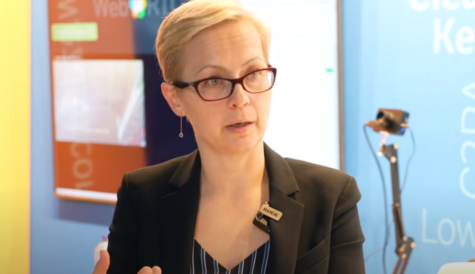
After more than 40 years of operation, DTVE is closing its doors and our website will no longer be updated daily. Thank you for all of your support.
SES results in line with expectations, but crisis presents challenges
 Satellite operator SES has posted Q1 results broadly in line with expectations, but remains vulnerable to the coronavirus-related slowdown, according to analysts.
Satellite operator SES has posted Q1 results broadly in line with expectations, but remains vulnerable to the coronavirus-related slowdown, according to analysts.
SES posted revenues of € 478.9 million, in line with prior period on a reported basis but down 1.9% at constant currency. Underlying revenue was down 2.2%, with core video revenue down 7.8% and networks revenue up 7.7%.
The operator turned in a net profit of €50.8 million, down from €72.2 million for the same period last year.
CEO Steve Collar said that the company had not been strongly impacted by the coronavirus in the quarter.
Nevertheless, he said, “the impact of the pandemic on the global economy and on several of the business verticals that we serve is profound and it is inevitable that we will be impacted as we support our most affected customers”.
The declining video segment now represents 59% of the overall business, down from 63% last year. SES carried a total of 8,330 TV channels to viewers around the world including 2,923 channels in HD, up 3.4% year-on-year, and 53 commercial UHD channels, up from 52. More than 68% of the total TV channels carried on the SES fleet are now broadcast in MPEG-4 with an additional 4% in HEVC.
SES is investigating the potential separation of its video and networks businesses to provide greater visibility to the market, increase operational focus and maximise strategic flexibility, the company said.
According to analysts at Berenberg, SES will almost certainly have to “ make concessions to its mobility customers” as the crisis hits that market, which grew by 29% year-on-year for the operator.
Berenberg said that SES “remains vulnerable to downgrades if mobility volumes do not bounce back, if it is unable to close new business, and if end-customers become distressed”.
It said that “as well as mobility, video is clearly vulnerable in this regard, given the collapse in advertising revenues” and that there was “a good chance that SES needs to raise equity”.


